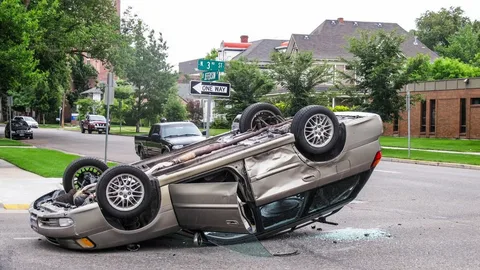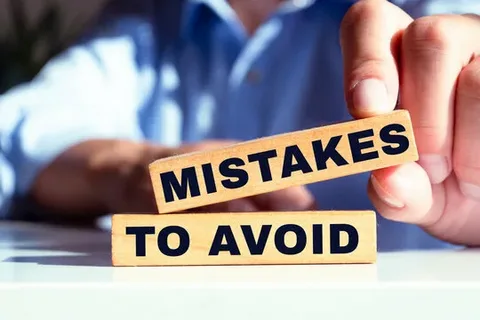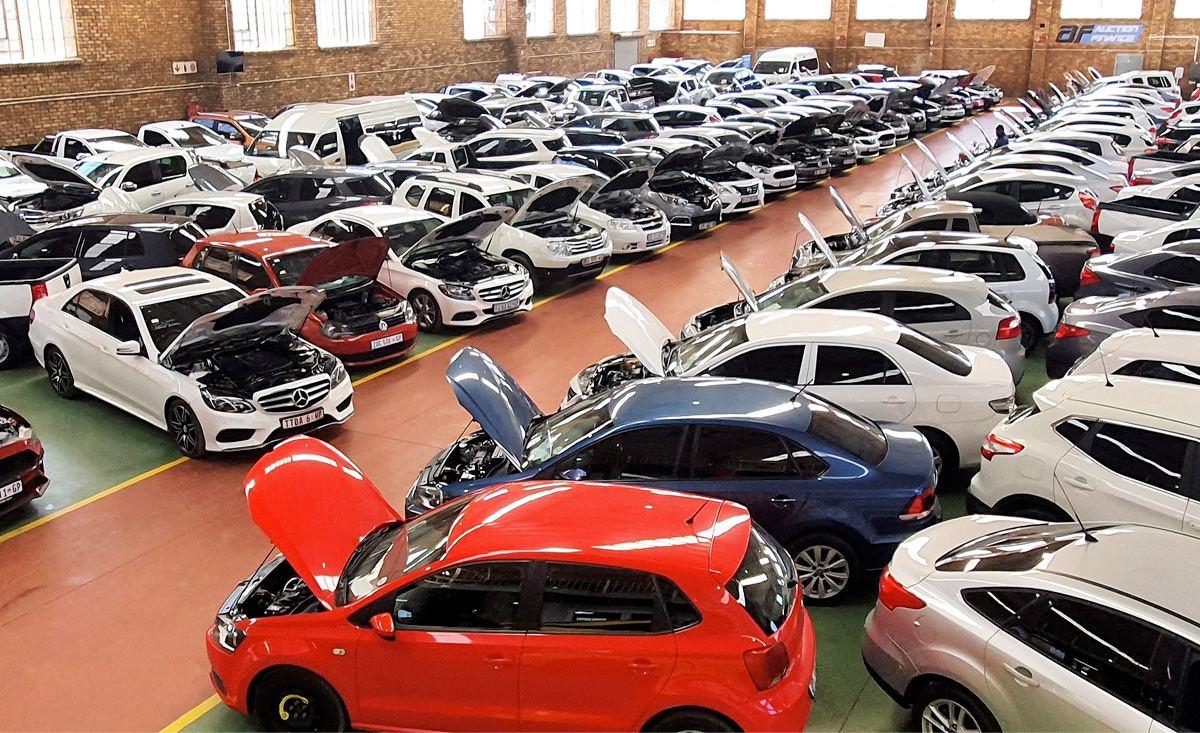Flipping cars has become one of the most popular ways to turn a passion for automobiles into a profitable side hustle—or even a full-time business. With the right knowledge, strategy, and a careful approach, anyone can learn how to buy and sell vehicles for a profit. If you’ve ever wondered how car flipping works or whether it’s the right venture for you, this guide will walk you through everything you need to know.
What Is Car Flipping?

Car flipping is the process of buying a used vehicle at a low price, improving its condition if necessary, and then reselling it at a higher price. Unlike dealerships that operate on large-scale sales, individual car flippers typically focus on one car at a time, carefully selecting opportunities that promise the best return on investment.
The main goal is simple: buy low, sell high. But achieving this consistently requires more than luck—it takes research, negotiation skills, and an understanding of the used car market.
Step 1: Research the Market
Before you buy your first car to flip, spend time researching:
- Popular models – Sedans, SUVs, and trucks with strong reputations for reliability tend to resell quickly. Brands like Toyota, Honda, and Ford often hold value.
- Local demand – Check what cars are being sold most often in your area on platforms like Craigslist, Facebook Marketplace, or local auctions.
- Budget-friendly price ranges – Beginners often start by flipping cars in the $2,000–$5,000 range. This minimizes risk while allowing for a decent profit margin.
Tip: Use resources like Kelley Blue Book (KBB) or Edmunds to estimate fair market values.
Step 2: Set a Budget and Profit Goal
Car flipping works best when you treat it like a business. Before buying, decide:
- Maximum investment per vehicle (purchase price + repair costs + paperwork).
- Target profit margin (for beginners, $500–$1,500 per flip is realistic).
- Exit strategy – If the car doesn’t sell quickly, are you willing to drop the price or hold longer?
A clear budget keeps you from overspending and ensures you stay profitable.
Step 3: Where to Find Cars to Flip
There are several reliable places to buy undervalued cars:
- Online Auto Auctions – Many budget-friendly vehicles can be found on auction sites.
- Classified Ads – Craigslist, OfferUp, and Facebook Marketplace often have motivated sellers.
- Local Car Auctions – Government auctions or repo lots can be goldmines.
- Word of Mouth – Friends or relatives sometimes sell cars quickly for less than market value.
The key is to look for motivated sellers who need quick cash or want to get rid of a vehicle without hassle.
Step 4: Inspect Before You Buy
Never purchase a vehicle blindly. A good deal can quickly turn into a money pit if you miss major issues. Check:
- Engine and transmission condition.
- Mileage (lower is usually better, but condition matters most).
- Title status (avoid salvage titles as a beginner).
- Maintenance history if available.
If you’re not confident in mechanical inspections, bring a trusted mechanic.
Step 5: Make Small, Smart Improvements
The most profitable car flips usually require minimal investment. Focus on affordable improvements that make the car more appealing without overspending:
- Deep cleaning (inside and out).
- Replacing inexpensive parts (wipers, floor mats, light bulbs).
- Basic repairs (oil change, brakes, tires if needed).
- Fixing cosmetic issues (buffing scratches, touching up paint).
Avoid major engine or transmission replacements unless you’re experienced—it often cuts too deeply into profits.
Step 6: List and Market the Car
Presentation is everything when selling. To attract buyers:
- Take high-quality photos from multiple angles.
- Write a clear, detailed description (include mileage, recent maintenance, and selling points).
- Highlight keywords buyers search for (e.g., “reliable daily driver,” “great on gas,” “low maintenance costs”).
- Use multiple platforms: Craigslist, Facebook Marketplace, OfferUp, and local online groups.
Price your car slightly higher than your target to allow room for negotiation.
Step 7: Negotiate and Close the Deal
Expect buyers to negotiate. Stick to your minimum acceptable price but remain flexible enough to close the deal quickly. Always complete the sale with:
- A bill of sale signed by both parties.
- Proper title transfer following your state’s requirements.
- Cash or certified funds to avoid scams.
Common Mistakes to Avoid

Many beginners lose money because they skip critical steps. Avoid these mistakes:
- Overpaying for the car.
- Ignoring paperwork (titles, registration, taxes).
- Spending too much on repairs that don’t raise resale value.
- Holding inventory too long—the longer a car sits, the less profitable it becomes.
Is Car Flipping Legal?
Yes, but with limits. Most states allow individuals to sell a certain number of cars per year without a dealer’s license (often 3–6). Check your state’s laws before you start flipping multiple cars.
Final Thoughts
Flipping cars for profit can be a rewarding way to combine a love for vehicles with smart business sense. By learning how to research, buy wisely, make small improvements, and sell effectively, you can build a reliable income stream.
Start small, learn from each flip, and scale up as you gain experience. With the right approach, car flipping can move from a side hustle to a serious business venture.
FAQs
Q1: How much money can a beginner make flipping cars?
A beginner can expect to make between $500 and $1,500 per car, depending on purchase price and repairs.
Q2: Do I need a dealer’s license to flip cars?
Most states allow a limited number of private sales per year without a license. Check your local DMV rules.
Q3: What are the best cars to flip for profit?
Reliable, budget-friendly models like Honda Civic, Toyota Corolla, Ford Focus, and small SUVs often sell quickly.
Q4: How long does it take to flip a car?
Typically 2–6 weeks, depending on demand, price, and how well you market it.
Q5: Is car flipping risky?
Like any business, yes—but with proper inspections, budgeting, and smart buying, risks can be minimized.





